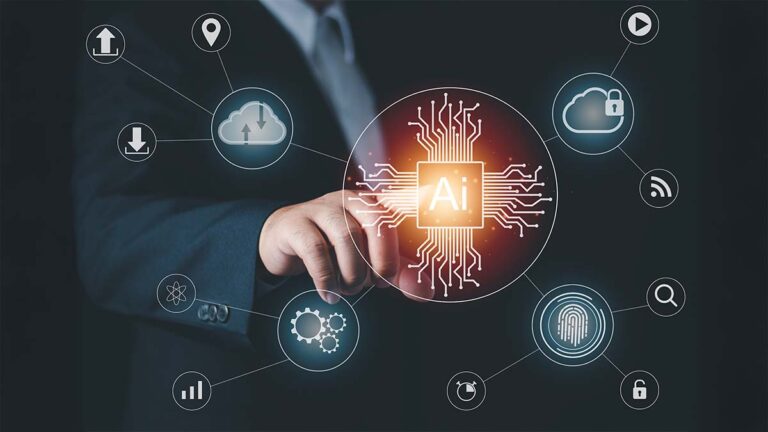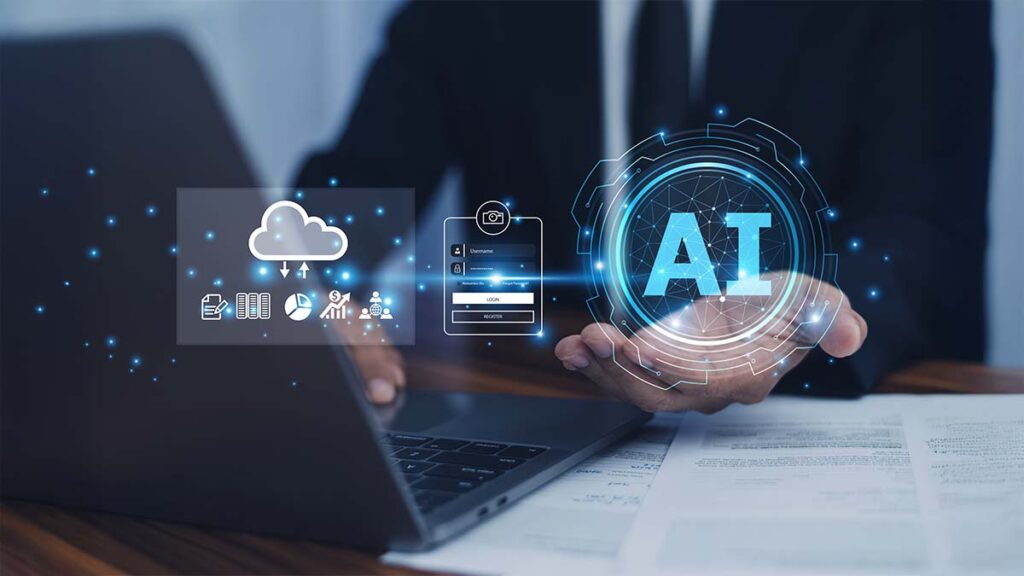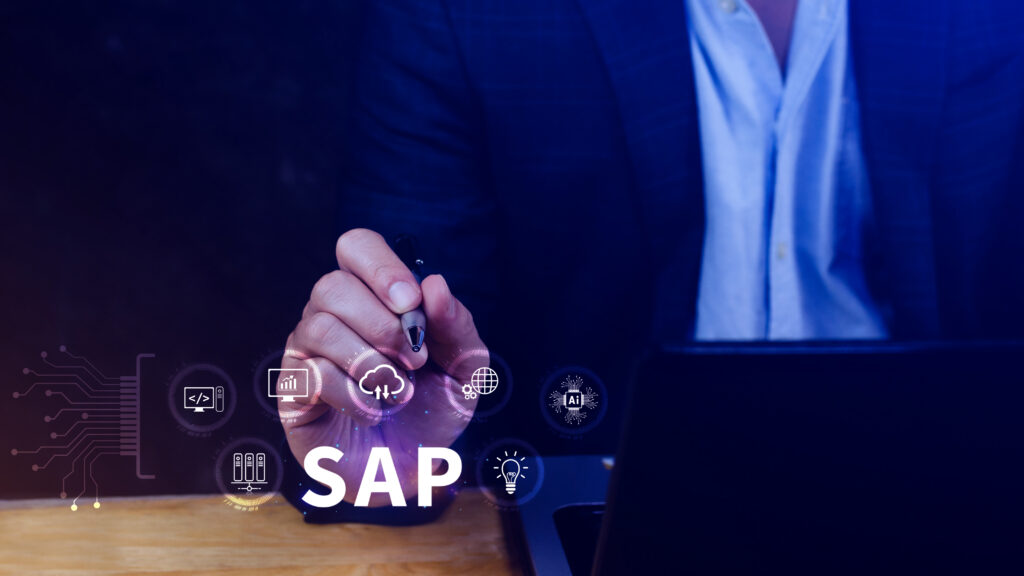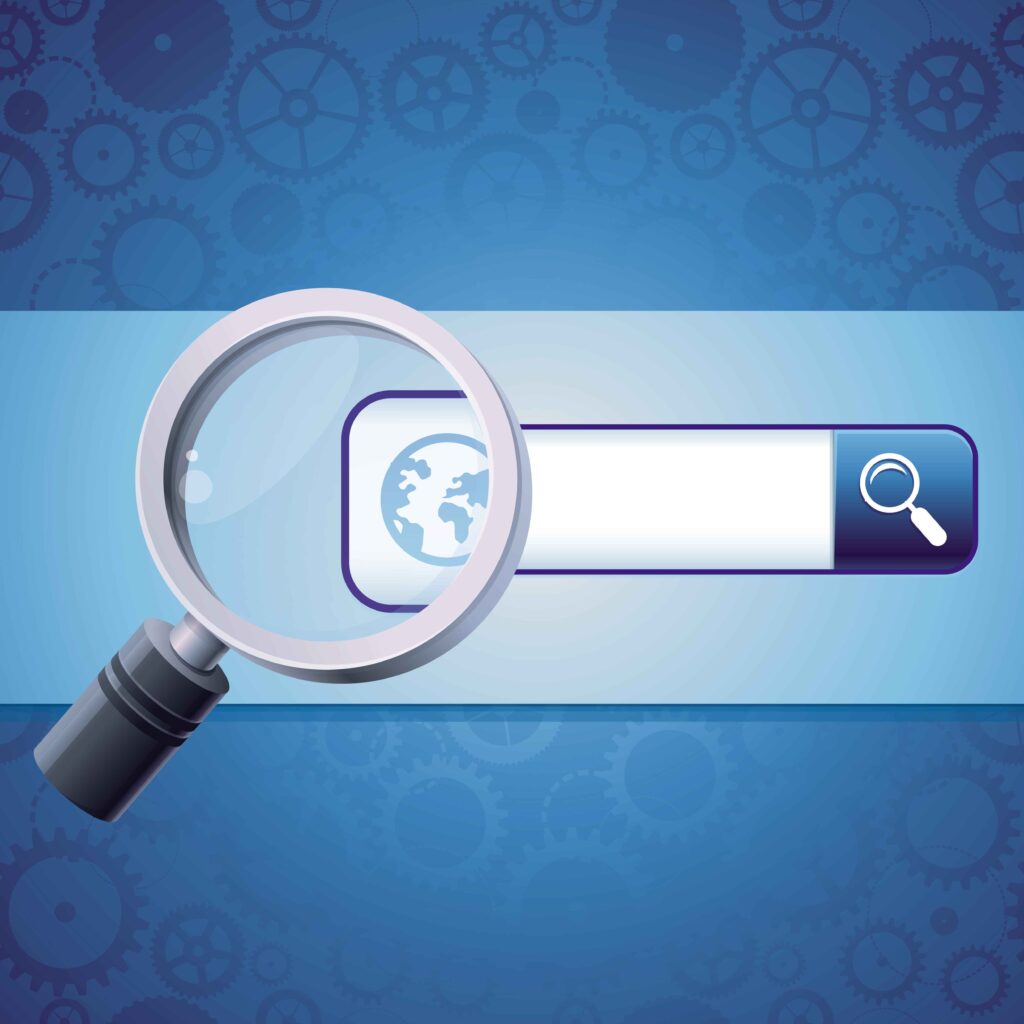Companies are working hard to use AI in every part of their enterprise, from making processes better to making customers happier. This trend is especially clear in ERP systems like SAP, where the need for speed, automation, and intelligence is higher than ever.
For CIOs and IT leaders navigating intricate SAP landscapes, the crucial task is selecting the optimal AI infrastructure that effectively balances flexibility, scalability, and SAP compatibility. Two formidable prospects have emerged in this arena—SAP BTP GenAI and Azure OpenAI.
Both platforms promise cutting-edge capabilities, but they approach ERP automation differently. This blog breaks down their strengths, weaknesses, and use cases—helping decision-makers align the right AI engine with their business goals.
Understanding the Platforms
SAP Business Technology Platform (BTP) with Generative AI
SAP BTP combines database and data management, analytics, application development, and integration into a single platform. Its Generative AI is meant to improve business by making automation smarter. It does this through predictive analytics and other features.
Key features contain:
- SAP AI Core: Manages the lifecycle of AI models, ensuring they are trained, deployed, and monitored effectively.
- SAP AI Launchpad: Provides a centralized interface for managing AI scenarios, facilitating collaboration between data scientists and developers.
- Integration with SAP Applications: Seamless embedding of AI into SAP S/4HANA and other modules, ensuring consistency and reducing integration complexities.
Azure OpenAI Service
Azure OpenAI Service lets you use OpenAI’s powerful models, like GPT-4, on Azure’s safe and scalable infrastructure. Businesses can use these models to make smart apps, automate tasks, and improve user experiences.
Key features contain:
- Access to OpenAI Models: Utilize models like GPT-4 for various tasks, including natural language processing, code generation, and more.
- Azure’s Security and Compliance: Benefit from Azure’s robust security measures and compliance certifications.
- Integration with Microsoft Tools: Seamless integration with tools like Power Platform, enabling rapid application development.

Comparative Analysis
Integration with SAP Systems
- SAP BTP GenAI: Offers native integration with SAP applications, ensuring consistency and reducing integration complexities.
- Azure OpenAI: While not native, it can integrate with SAP through APIs and connectors, offering flexibility but potentially requiring more configuration.
Customization and Flexibility
- SAP BTP GenAI: Tailored for SAP environments, providing pre-built templates and models optimized for SAP processes.
- Azure OpenAI: Offers broader customization options, allowing businesses to build diverse AI solutions beyond SAP-specific use cases.
Scalability and Performance
- SAP BTP GenAI: Designed to scale within SAP environments, ensuring performance consistency.
- Azure OpenAI: Leverages Azure’s global infrastructure, offering high scalability and performance across various applications.
Cost Considerations
- SAP BTP GenAI: Costs are typically aligned with SAP’s pricing models, which may be more predictable for existing SAP customers.
- Azure OpenAI: Pricing is based on usage, offering flexibility but requiring careful monitoring to manage costs effectively.
Use Cases from the Platforms
SAP BTP GenAI
- Automated Code Generation: Streamlining development processes within SAP environments.
- Data Analysis: Enhancing analytics by integrating AI-driven insights into SAP Analytics Cloud.
- Process Automation: Automating repetitive tasks within SAP workflows.
Azure OpenAI
- Customer Support Chatbots: Deploying intelligent chatbots to handle customer inquiries.
- Document Summarization: Automating the summarization of lengthy documents for quicker insights.
- Predictive Analytics: Building models to forecast trends and behaviors across various business domains.
Decision Factors for CIOs
When choosing between SAP BTP GenAI and Azure OpenAI, CIOs should consider:
- Existing Infrastructure: Organizations deeply integrated with SAP may find SAP BTP GenAI more seamless.
- Diverse AI Needs: Businesses seeking broader AI applications beyond SAP may benefit from Azure OpenAI’s versatility.
- Budget Constraints: It is crucial to understand and align the cost structures with the organization’s budget.
- Technical Expertise: Assessing in-house technical capabilities to manage and deploy AI solutions effectively.
Conclusion
Azure OpenAI and SAP BTP GenAI are both powerful platforms for integrating AI into business operations. Which one to choose depends on the organization’s needs, current infrastructure, and long-term goals. By carefully considering these factors, CIOs can use AI to drive innovation and make SAP processes more efficient.
SAP BTP GenAI is designed to work in SAP environments. It has pre-integrated solutions and models that are made just for SAP, which makes the implementation process go more smoothly. For companies that are deeply connected to the SAP ecosystem, this platform speeds up deployment.
Azure OpenAI, on the other hand, brings versatility, cutting-edge generative models, and broad AI capabilities. It is best suited for enterprises looking to innovate across multiple domains and build custom AI-powered tools beyond SAP.
In the end, the decision doesn’t have to be either/or. Many organizations are adopting a hybrid approach—using SAP BTP GenAI for core SAP processes and Azure OpenAI for custom, non-SAP applications. CIOs who embrace the strengths of both platforms can unlock unprecedented levels of efficiency, agility, and innovation.




